Next week, the floodgates will open with reviews of the new 2018 Lexus LS flagship all over the Internet — before that happens, let’s start looking at some of the official photos & video that will get buried in all of the coverage.
This is the 2018 Lexus LS 500 AWD in Autumn Shimmer with a Parchement interior:
Video move too fast for you? Here’s a full gallery in high resolution:

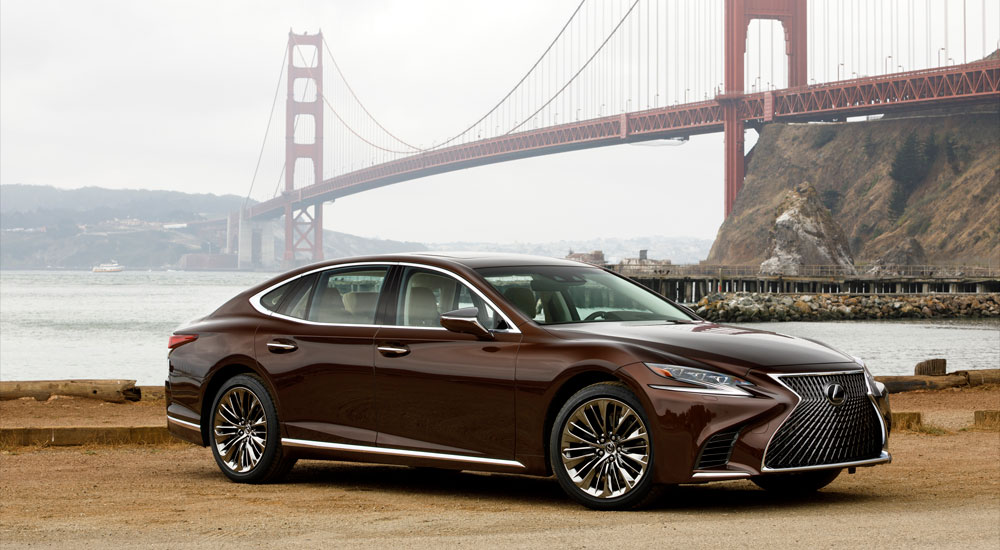
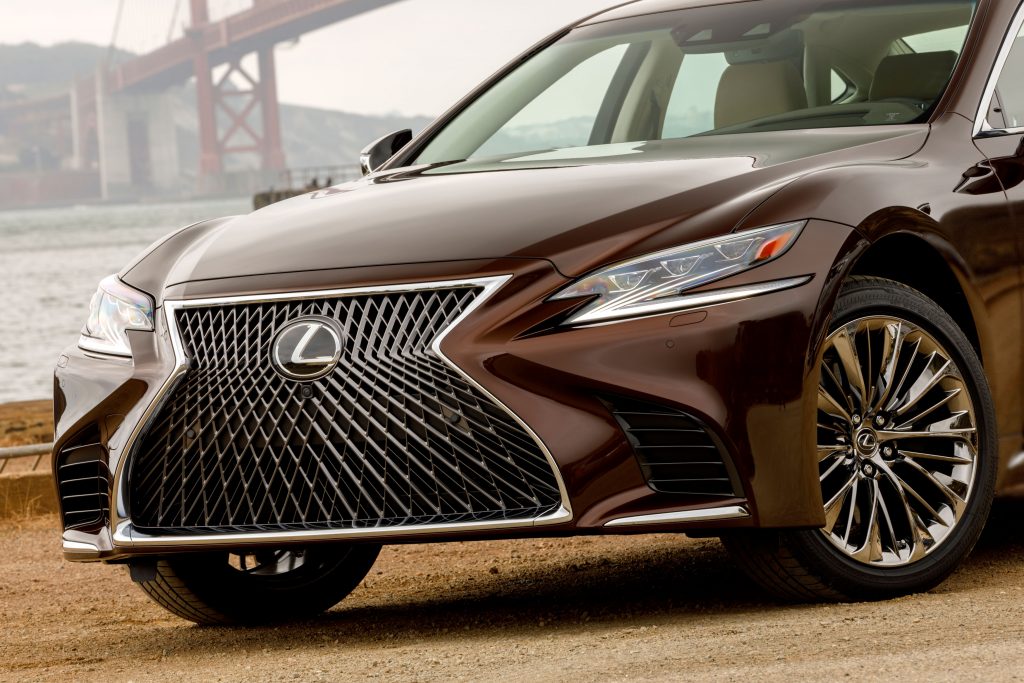


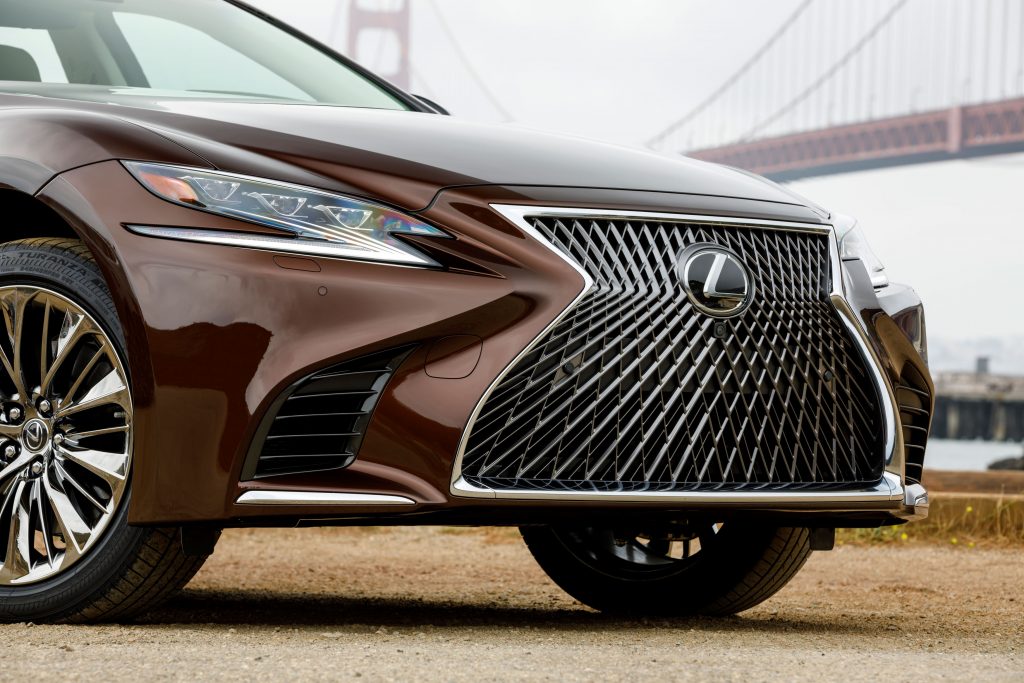


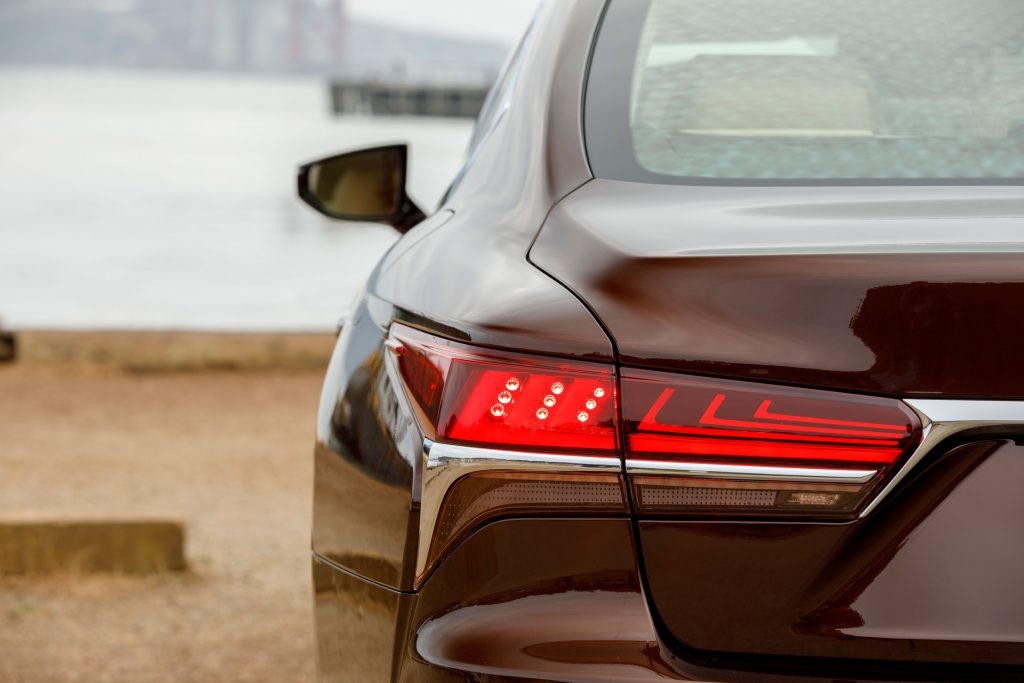

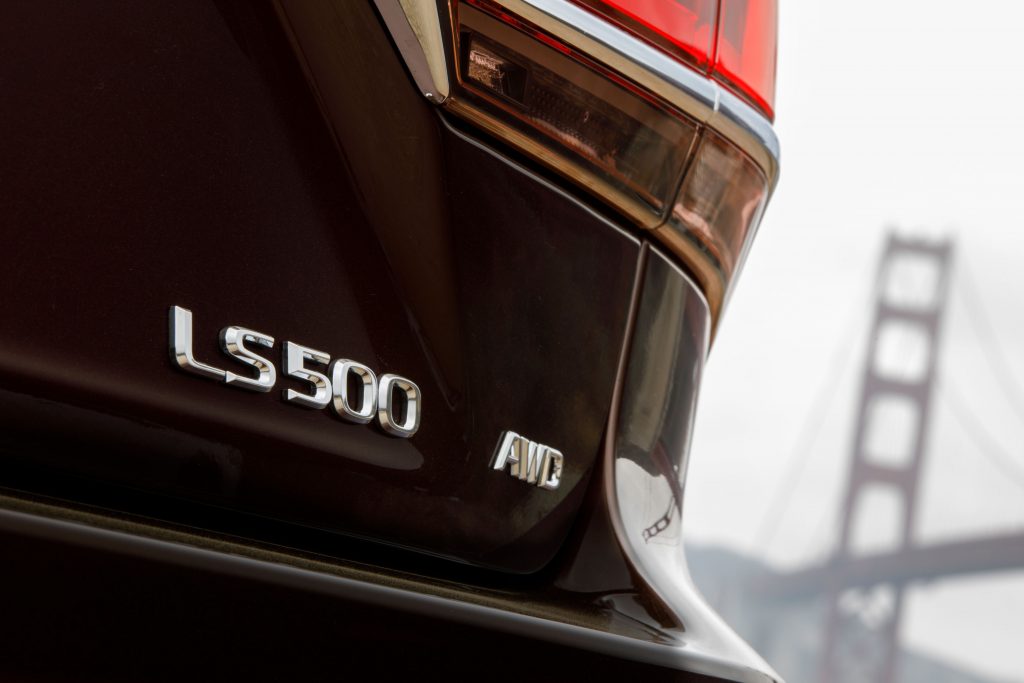
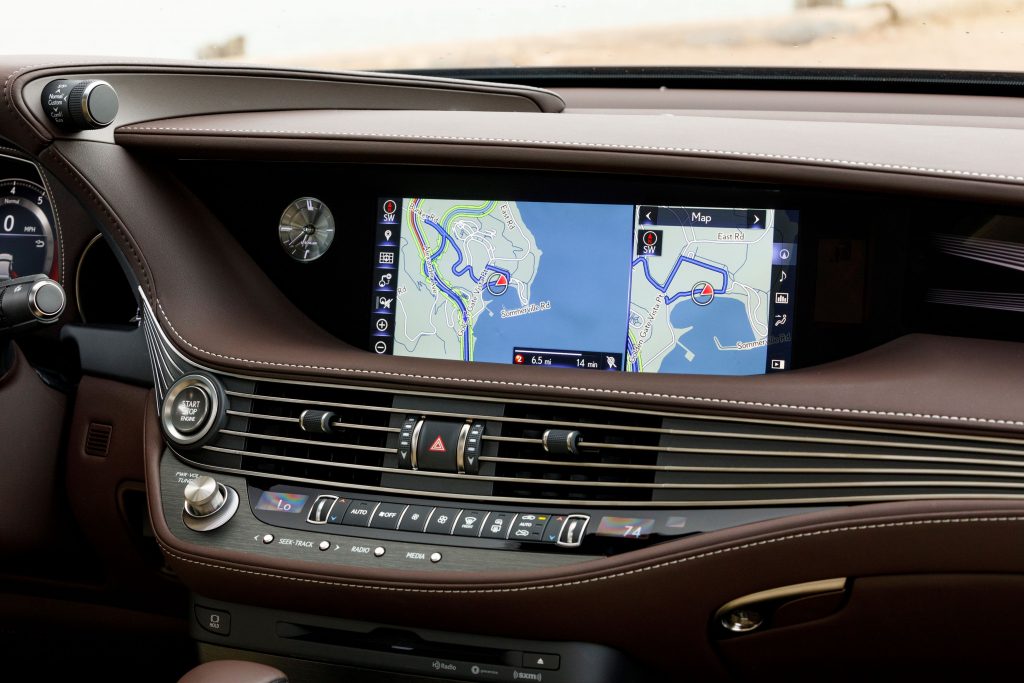
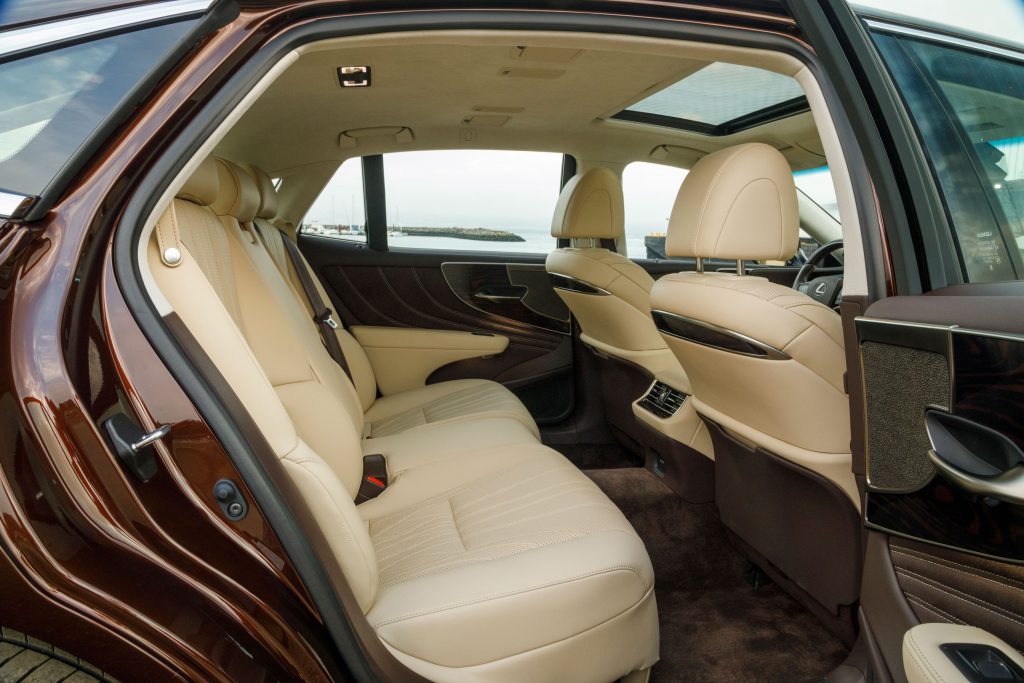
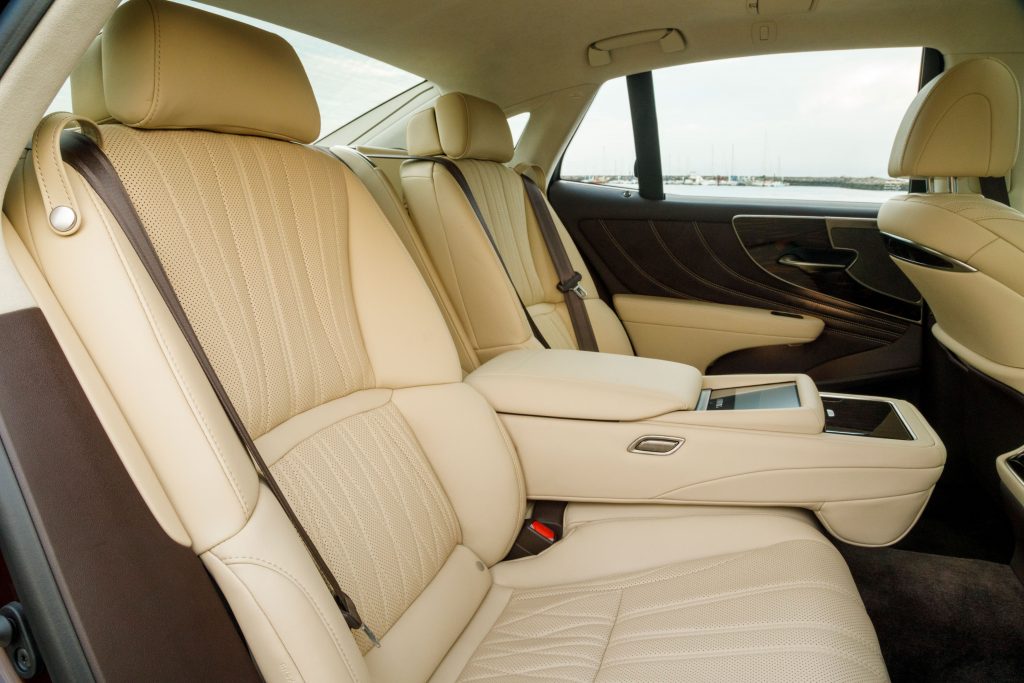

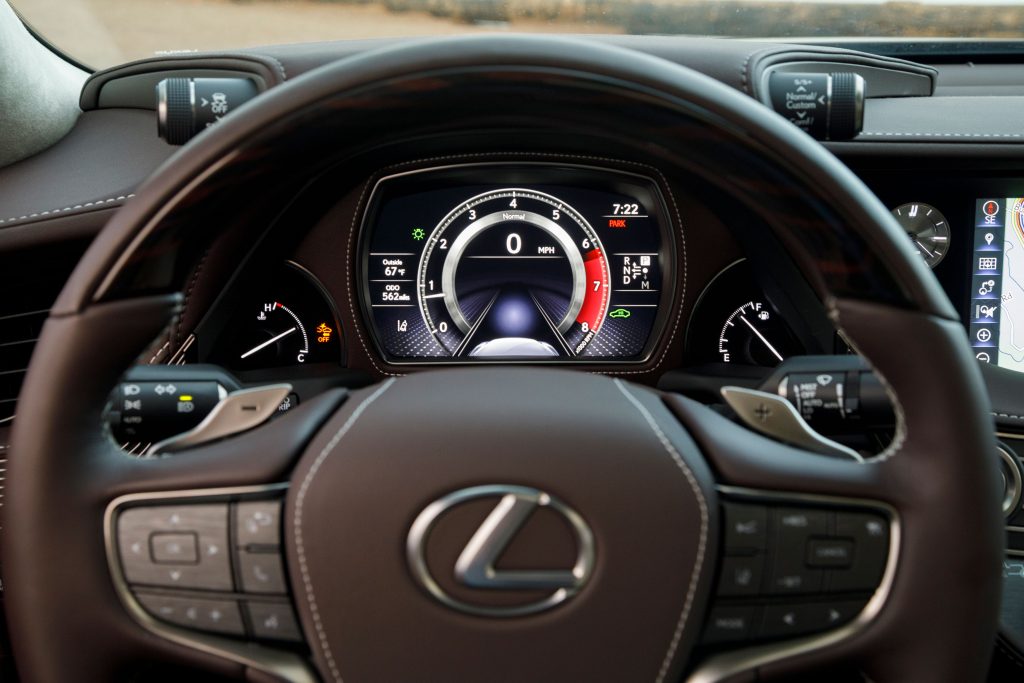
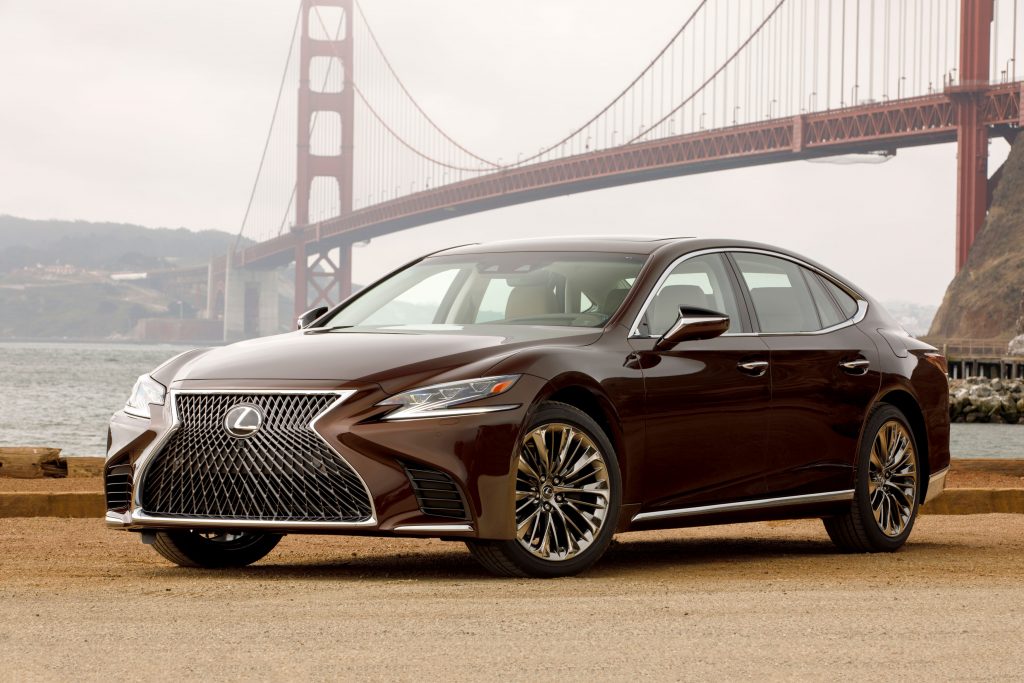
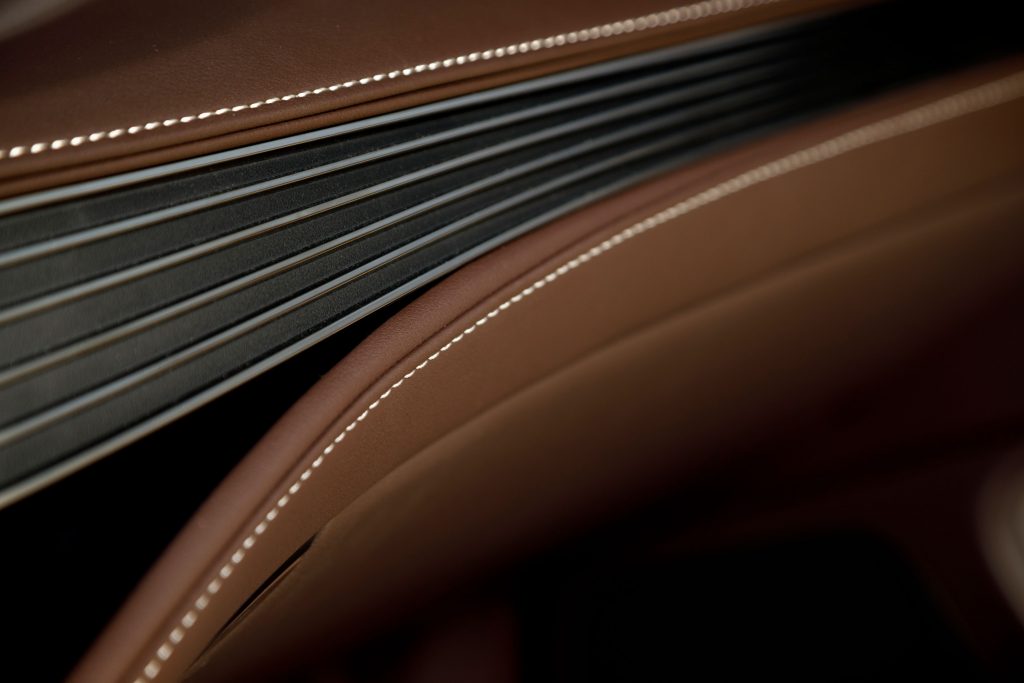
Comments